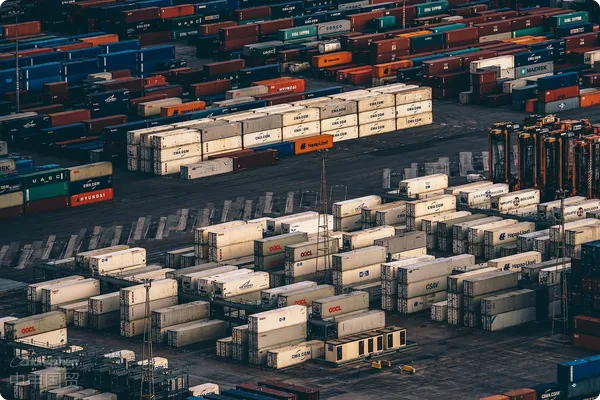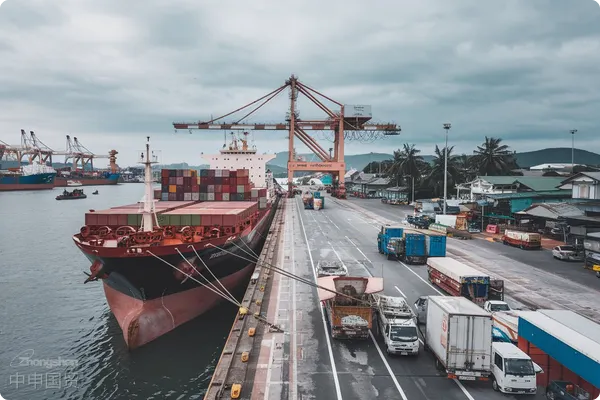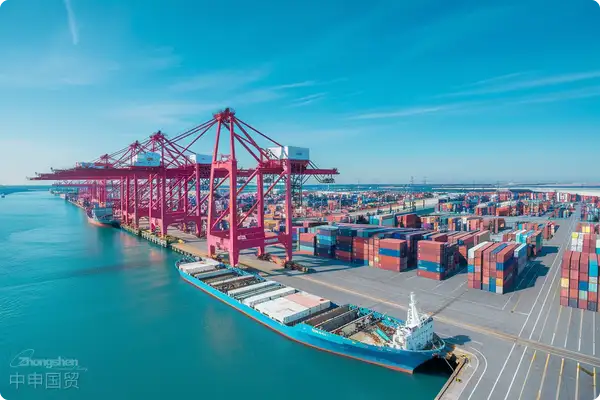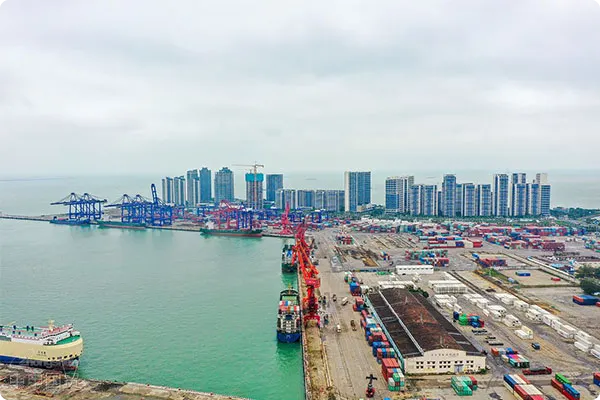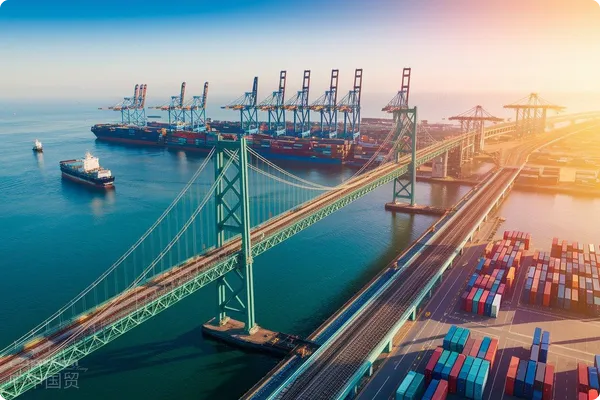- Shanghai Zhongshen International Trade Co., Ltd. - Two decades of trade agency expertise.
- Service Hotline: 139 1787 2118
foreign tradeThe shipment process is complex and changeable, involving multiple links, and every detail may affect the final delivery result. Every step from order signing to the goods reaching the customers hands is crucial! Want to know how to streamline the process and avoid errors? Let us take you to deeply understand the key steps and precautions of foreign trade shipments and provide comprehensive support for your international trade business!
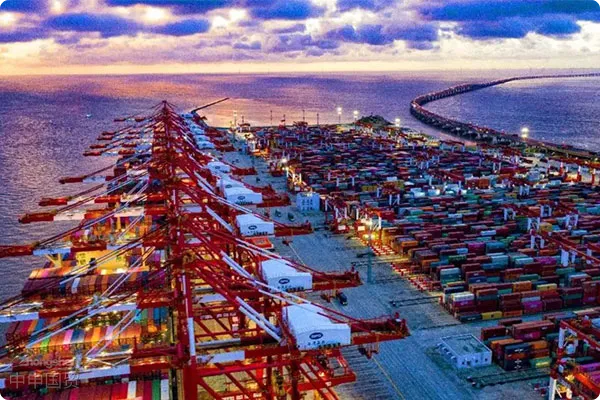
The following is a more detailed description of the key stages:
I. Order Signing
Order signing is the starting point of the foreign trade shipping process. It not only includes the process of reaching an agreement with the customer but also requires ensuring the accuracy and completeness of all contract documents and order information.
(1) Prepare the order template (PI, Proforma Invoice):The Proforma Invoice (PI) is the initial document for reaching an order agreement with the customer. It must contain all relevant information, such as the detailed information of the company and the buyer, the port of shipment and the port of destination, commodity details (product name, model, HS code, quantity, unit price and total price), trade terms (such as FOB, CIF, EXW, etc.), payment methods (such as L/C, T/T, etc.), delivery time, packaging method, payment information, etc. Ensuring that the proforma invoice is accurate and detailed helps avoid any misunderstandings or disputes in subsequent transactions.Letter of Credit(2) Ensure all elements are complete:
The proforma invoice needs to be clear and all elements should be complete, such as the specifications of the exported goods, production standards, quality requirements, etc. Avoid delays or legal disputes in order execution due to incomplete or incorrect information. Enterprises should use standardized templates and verify multiple times to ensure the accuracy of all data.Proforma Invoice (PI)
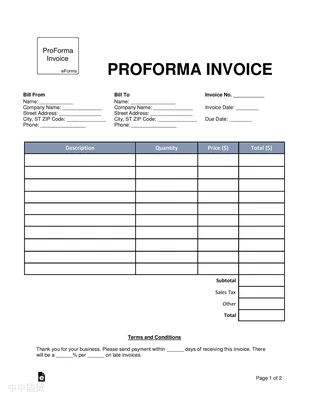
II. Production and Shipment
(1) Production management:
According to the order requirements, enterprises need to strictly track the production progress to ensure that each production link is under control. Establish a complete production plan and quality control system, conduct regular production inspections to ensure that the quality meets the standards. During the production process, any issues that may affect the delivery time or quality should be communicated in a timely manner.(2) Inspection:
Conduct strict inspections before the completion of production to ensure that the product model, quantity and quality are consistent with the order. The inspection can be carried out by the enterprises internal quality control team or a third - party quality inspection agency. The inspection report should record the detailed inspection results and take photos as evidence for future use.(3) Packaging:
Select an appropriate packaging method according to the characteristics of the product. For fragile or valuable items, it is recommended to use wooden boxes for packaging. The wooden boxes need to be fumigated and accompanied by a fumigation certificate; for ordinary goods, pay attention to moisture - proof measures when using cartons for packaging; when using film packaging, add an anti - collision protective layer to prevent damage during transportation. The packing list and shipping marks should be clearly marked on the packaging.(4) Prepare the packing list:
The packing list should list in detail the specific contents of each package, including product name, model, quantity, gross weight and net weight, etc. The packing list is not only an important document for customs declaration but also the basis for the customer to clear customs and receive the goods.Customs declaration and warehousing are the pre - conditions for export goods to enter the international transportation link. Ensuring the preparation of all customs declaration documents and the accuracy of goods warehousing is the key to smooth customs clearance and transportation.
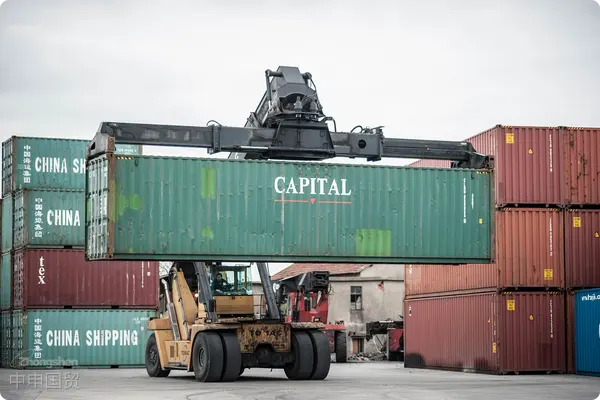
III. Customs Declaration and Warehousing
(1) Contact the freight forwarder:
According to the trade terms (such as FOB, CIF, EXW), decide whether the enterprise or the customer selects the freight forwarder. If the customer designates the freight forwarder, communicate in advance and obtain the booking note. When communicating with the freight forwarder, clarify the transportation time, shipping space arrangement and loading requirements.Inquiry:
(2) Maritime TransportationAir TransportationSelect an appropriate transportation method (sea or air) according to the nature and urgency of the goods. Sea transportation is suitable for large - quantity goods and the price is relatively low, but the transportation time is long; air transportation is suitable for time - sensitive goods, with a shorter transportation time but higher costs. Enterprises need to inquire with the freight forwarder and book shipping space to ensure that the goods are loaded on time.(3) Submit customs declaration materials:
The customs declaration materials need to include documents such as contracts, packing lists, commercial invoices, customs declaration consignment notes, and customs declaration forms. The formats of these documents must meet the requirements of the customs. The customs declaration materials should be prepared in advance and verified multiple times to ensure the accuracy and consistency of the data, so as to avoid delays in goods customs clearance due to material problems.(4) Container loading and verification:
During the container loading process, ensure that the container number and seal number are consistent with the customs declaration form and record the detailed information of container loading. For LCL goods, send them to the warehouse in advance and ensure that the packaging is intact to avoid damage to the goods during transportation due to improper packaging.This stage involves the preparation of documents after the goods are warehoused and the final shipping arrangements, ensuring that the export documents are complete and the shipping information is provided to the customer in a timely manner.
IV. Documents and Shipment
(1) Bill of Lading supplementary materials:
After the goods are warehoused, the enterprise needs to provide the final shipping information to the freight forwarder to prepare the bill of lading. The bill of lading is a cargo transportation voucher issued by the carrier and must contain all transportation and cargo information, such as the name of the ship, voyage number, port of shipment and port of destination, etc.(2) Document preparation:
Prepare the final export documents, including commercial invoices, packing lists, certificates, insurance policies, etc. These documents are the necessary basis for the customer to clear customs and pick up the goods. All information must be accurate and consistent with the bill of lading content.(3) Shipping and tracking:It is recommended to verify through the following methods:After confirming the bill of lading, arrange the shipment of the goods and provide the customer with ship dynamics or flight information so that the customer can track the status of the goods in real - time. Enterprises should maintain close contact with the freight forwarder and the customer to ensure that the goods arrive at the destination on time.
After shipping, enterprises need to actively follow up on customer needs and feedback to ensure the smooth completion of the transaction.(1) Customer communication:
V. Follow-up after Shipment
Ensure that the customer receives a copy of the bill of lading and other necessary documents, and provide timely transportation information and the status of the goods. Enterprises should maintain communication with the customer to understand the arrival of the goods and any subsequent needs of the customer.
(2) Payment confirmation:According to the payment terms in the contract, enterprises should promptly follow up on the receipt of funds. If the letter of credit method is adopted, ensure the accuracy and consistency of the documents to ensure smooth payment by the bank.
(3) After - sales service:Handle any subsequent issues of the customer, such as document requirements, feedback on product quality, etc. Enterprises should respond promptly to customer feedback, provide necessary support and solutions to maintain a good customer relationship and reputation.
During the entire foreign trade shipping process, communication and coordination with suppliers, freight forwarders and customers are extremely important. Enterprises need to ensure that each link is within the planned scope and is completed on time and with high quality. In addition, for some specific products, additional steps such as special certifications and export licenses may need to be considered. Through effective communication and coordination, misunderstandings, errors and delays can be greatly reduced, ensuring the smooth progress of the foreign trade shipping process.A smooth foreign trade shipping process can effectively reduce errors, lower costs and improve customer satisfaction. Master every key link from order signing to final shipping to ensure that your products arrive at the destination on time and safely! Contact our experts now to get more help and boost the success of your international trade business!
VI. Communication and Coordination
As a one - stop import and export service provider, Zhongshen International Trade...
How to avoid customs inspection? A comprehensive strategy for optimizing export declaration information!ZhongShen International TradeHow can a Hong Kong offshore company efficiently export to the United States?
. For more relevant information and content, welcome to followSecurity Equipment_Shanghai Zhongshen International Trade Import and Export Agency ServiceThe complete foreign trade shipping process: How to ensure seamless connection of every step?_Shanghai Zhongshen International Trade Import and Export Agency ServiceExport Representationservice provider, it can provide customizedimport and exportsolutions for various industries. If you need foreign trade import and export agency services, welcome to contact our company for business consultation. The consultation hotline is 139 - 1787 - 2118.
Related Recommendations
Knowledge Base
Contact Us
Email: service@sh-zhongshen.com
Related Recommendations
Contact via WeChat

? 2025. All Rights Reserved. 滬ICP備2023007705號-2  PSB Record: Shanghai No.31011502009912
PSB Record: Shanghai No.31011502009912
